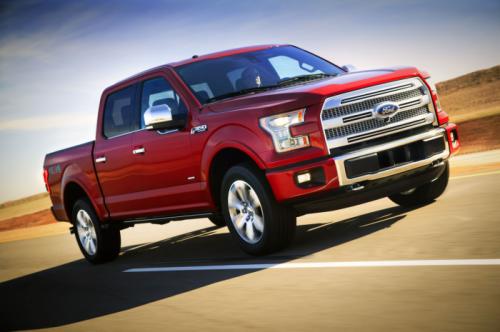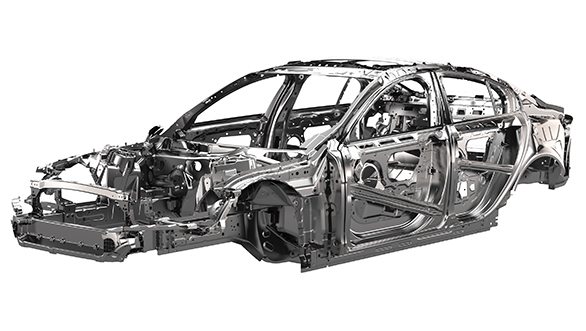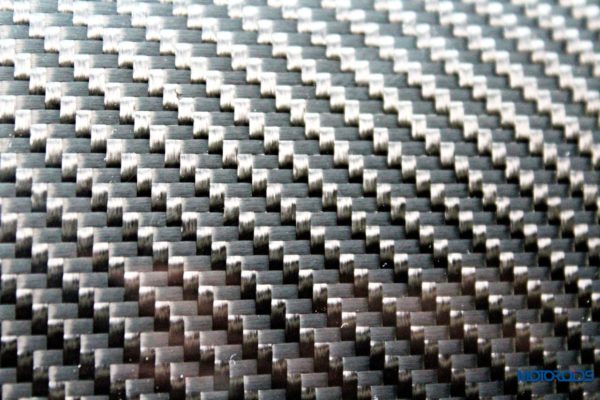The 2016 Ford GT uses loads of carbon-fibre, but it isn’t a car aimed at the masses.
Ford has partnered with DowAksa, a Turkish company that specialises in the manufacturing of carbon-fibre. Though these two companies have worked together in the past on such ideas, but it wasn’t until recently that the two formally inked a contract. This deal will lead both the companies down the road to researching and eventually, developing inexpensive carbon-fibre that can be mass produced and this has lead to a 50/50 partnership between the two firms. One of the primary goals behind this initiative is to reduce the weight of modern day vehicles, thus reducing their fuel consumption and exhaust emissions. Ford has already proved the effectiveness of a lightweight vehicle; The F-150 pickup uses aluminium for most of its construction. This has resulted in a weight shedding of almost 320 kg and that means an increase in fuel economy by almost 29% (depending on the powertrain).
The new F-150’s extensive use of aluminium has made it for efficient.
Jim deVries, Ford global manager, Materials and Manufacturing Research said, “This opportunity builds upon Ford’s current joint development agreement with Dow Chemical and accelerates our timeline to introduce carbon fiber composites into high-volume applications. This collaboration helps us accelerate our efforts to create lighter automotive-grade composite materials that benefit customers by enabling improved fuel economy without sacrificing strength.”
Many modern cars use aluminium in their construction to reduce weight.
This joint-venture will benefit from both the companies’ individual expertise. Ford with its ableness in high-volume manufacturing, design and engineering; and DowAksa with its intricate know-how on handling and processing of carbon-fibre. Patrick Blanchard, Ford supervisor, Composites Group said, “Our goal is to develop a material that can greatly reduce vehicle weight in support of improved fuel economy for our customers. The flexibility of the technology allows us to develop materials for all vehicle subsystems across the product line – resulting in a weight savings of more than 50 percent compared to steel.”
Carbon-fibre looks beautiful, but it also does beautiful things to a car’s economy.
If the R&D by these two companies see the day of light, many of us could be driving around in cars that at least have some carbon-fibre in them. This could be a double whammy, because not every exotic car owner will like this commercialisation of this lightweight material. That said, we reckon this will take some time to materialise and it would be a while before you see this wonder material on a Figo or EcoSport (for example). However, we are glad to see Ford taking such an initiative which will eventually benefit us all.





